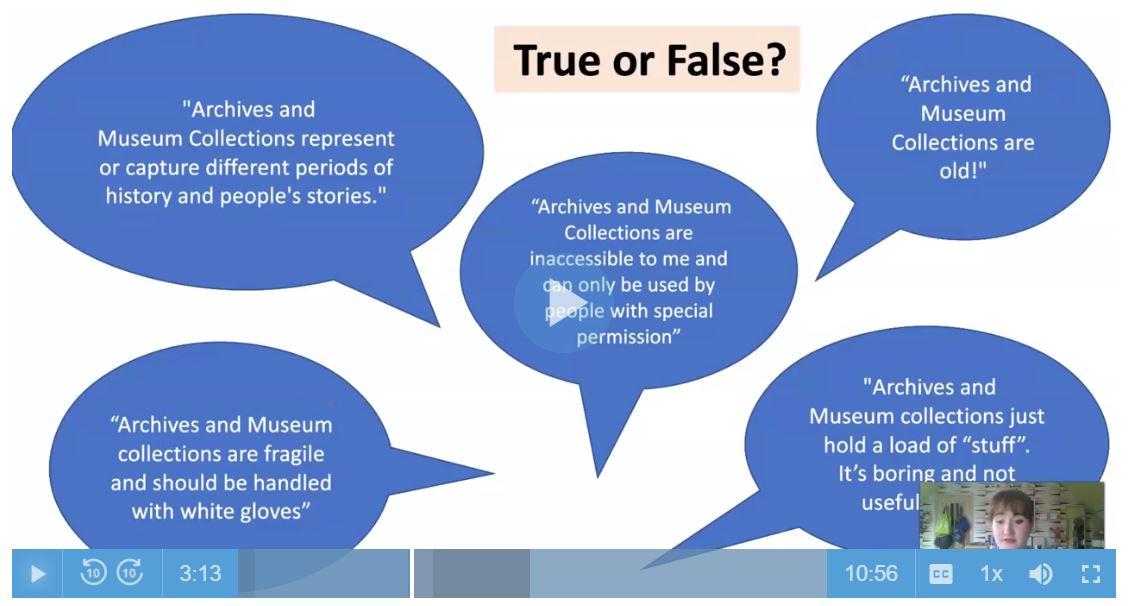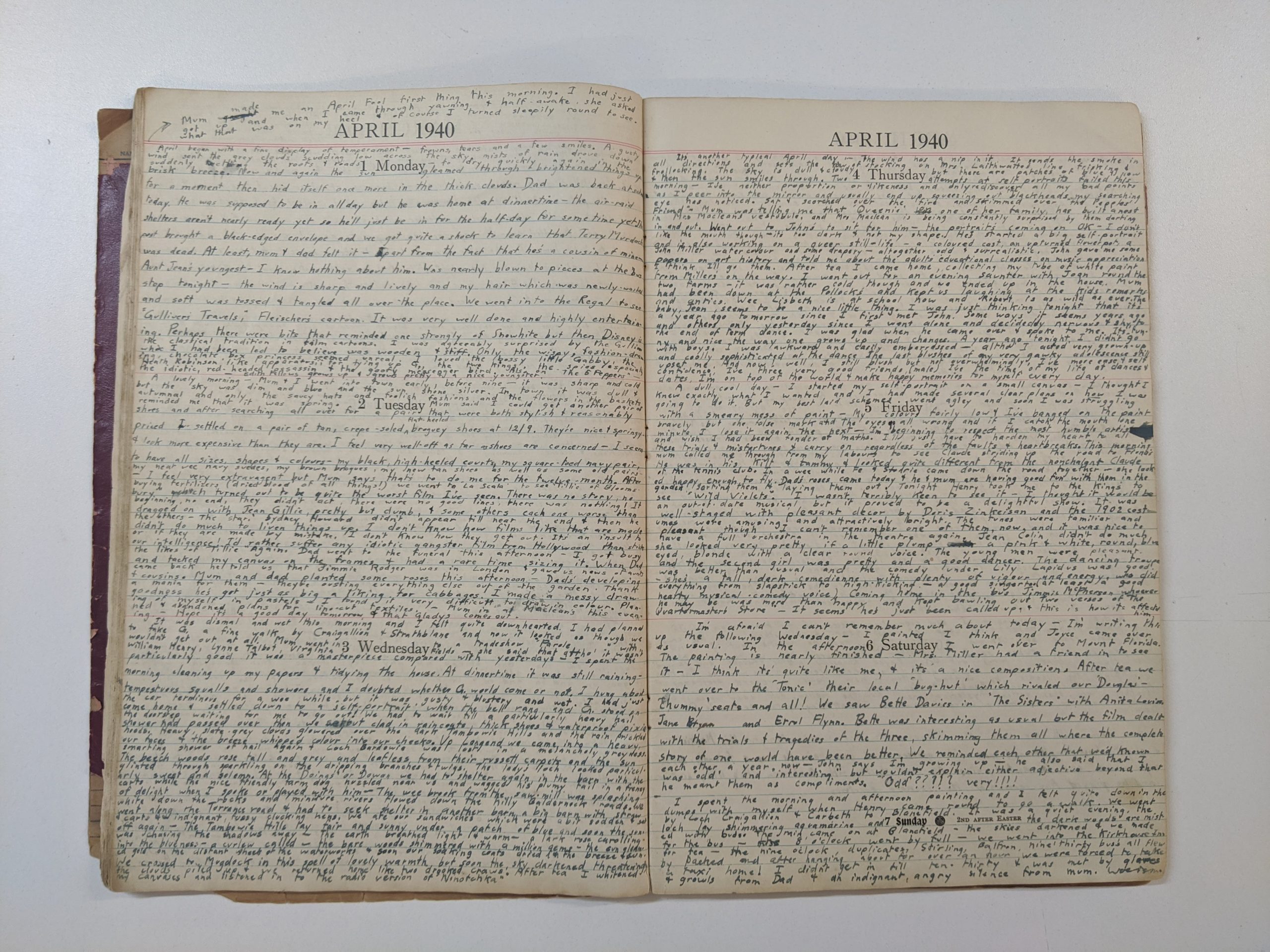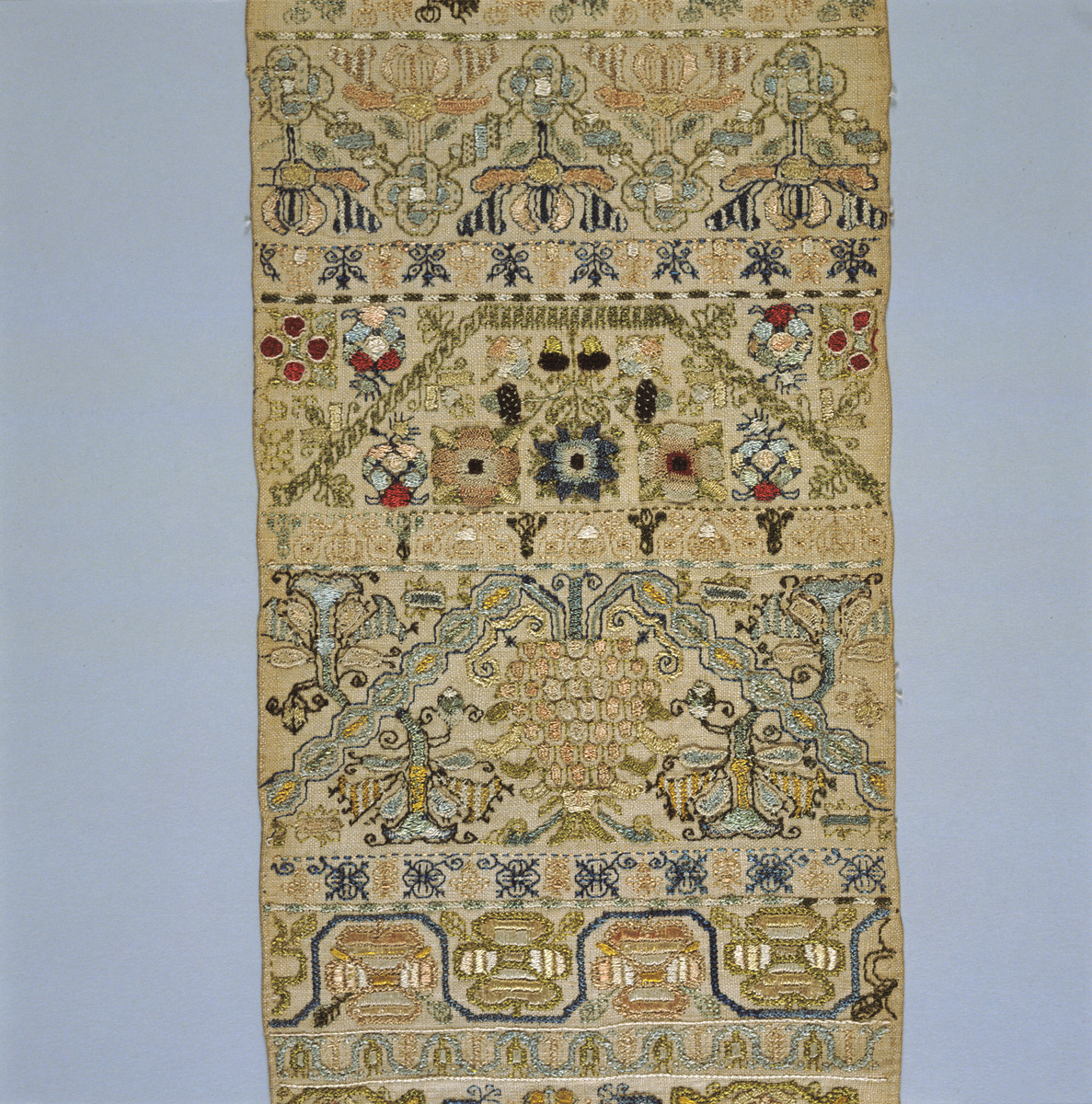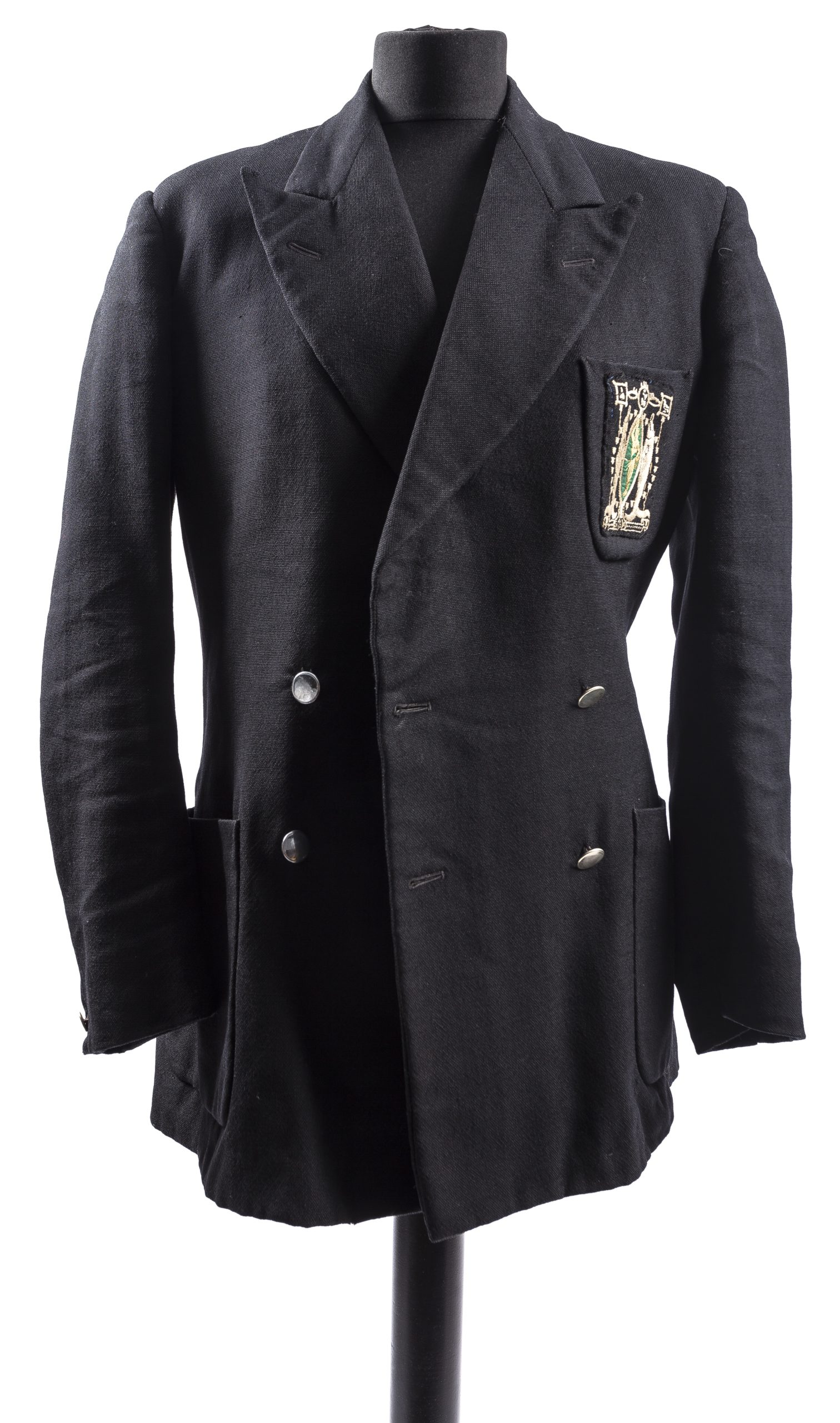After a long summer of preparation, the new First Year Experience course kicked off at GSA on the 19th of November 2020. Slightly different than last year’s course (which you can read about here), the students engaged with our collections in the digital realm and had to use their imagination to think about what the objects might be like in real life.
The First Year Experience course centers around a shared brief for all first-year undergraduate creative disciplines. The first brief “Being Human”, asks students to consider and reflect upon their creative practice and the wider GSA community in relation to this theme. Students initiate this research by engaging with an object or collection from an archive or museum repository.
Four different archive repositories were involved in the course, along with one private collection; The Moving Image Archive, The Royal College of Physicians and Surgeons Archive, Rhizome born digital archive and ourselves. Each first year GSA creative discipline chose one of these to engage with, however we at GSA Archives and Collections were also responsible for creating the overall course content for the Archives and Museum Collections element of the course. With a great deal of Higher Education learning now happening online, we had to look at how we could deliver the archive learning sessions in this way. We did this by designing a series of asynchronous tasks which students had to complete before engaging in “Live” zoom sessions with us.
In designing the asynchronous tasks, our first intention was to introduce the whole cohort of students to the purpose of archives and museum collections more broadly and how they could potentially inspire creative practice. We did this through making a video which dealt with some of the common misconceptions around these collections, debunking some of these myths through a game of true or false. It then went on to define archives and museum collections more clearly and explain the differences between both types of material. Finally, it explained how collections come to be, whether they are collected by an individual, local authority, educational board or community.

The next step was to introduce the online resources for the different archives and museum repositories that the students would be engaging with. We did this by making a second video which provided a step by step guide for browsing the online catalogues of these institutions and accessing any additional sources of information that they provide, such as their blogs and social media channels. We finished this video by providing a list of examples of other archive and museum repositories that students may be interested to explore in their own time. Students were instructed to watch this video and then complete an online quiz in relation to the repository that they were looking. As well as having to find “right” answers, the quizzes also encouraged students to find and comment on items and collections that they were personally interested in.
In the final stage of the learning, the students focused on the archive or museum repository that had been chosen for them and undertook activities set by that archive. Communication Design, Textiles, Simulation and Visualisation and Silversmithing and Jewellery were all visiting us and we wanted to keep our learning intentions as similar as possible to if the students were visiting in real life.
We chose a selection of objects from the archive which fitted the theme of “Being Human” in some way, whether they were worn by, made by or used by particular individuals associated with GSA. Students were given digitised images of these object and instructed to complete an object analysis where they used prompt questions to think about what the object might tell us. They were then provided with a fact sheet for their object, which provided them with more information while also asking them to think about more pertinent questions which explored how the object related to the theme of being human. We then facilitated several Archives and Collections “Live” sessions on Zoom, where we had a camera set up to show students the objects being handled in more detail. We used these sessions to gauge what the students had learned from their object, tell them more about it and give them the opportunity to discuss the objects as a group and ask questions.
Any apprehension that we had about delivering our “Live” online zoom sessions for the First Year Experience course this year quickly dissolved as the fascinating conversations that normally develop around the objects in real life continued to unfold in the online learning environment.
One of the objects that the Communication Design students looked at was the diary of Christine Shaw, who was a student at GSA in the early 1940s. In her diary, she candidly describes her experiences of art school, intercepted with arresting details about life during the war, such as her father preparing an air raid shelter in their garden. The students could all relate to her accounts of trying and “failing” to produce a successful self-portrait!

Textiles students discussed how the examples of 17th century embroidery that they were looking at may give us clues about the class system at the time and how wealthier classes may have had access to a larger variety of materials that would enable them to make intricate pieces like our Stump-work piece whereas lower classes may have produced examples like our less expensive looking long sampler as almost a CV of stitch examples that they could provide to help them to find work.
Simulation and Visulisation students discussed our GSA blazer and different cultures approach to uniform in general. Some students were from countries and cultures where uniform was mandatory whereas others were from countries and cultures where it was not and were encouraged to express their individuality through their clothes. This lead to an interesting discussion about the purpose of uniform and whether it could be used as a form of oppression.
Silversmithing and Jewellery’s session focused more heavily on the techniques and processes used to make the pieces that they were looking at. The students had been instructed to make a vessel for their first project, which lead to a fascinating conversation about the definition of a vessel. Instead of taking the definition of “vessel” at face value, S&J tutor Michael Pell argued that our Bram Stoker medal from 1903 could be considered a vessel of human memory.
We can’t wait to see what students produce! Keep an eye on our Twitter and Instagram @GSAarchives and our blog where we will post any stories from the project that students would like to share. You can also follow the First Year Experience programme on Instagram at @gsa_fye.








